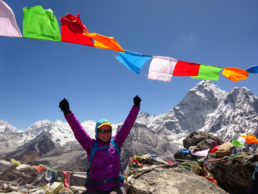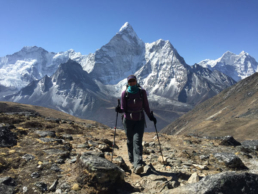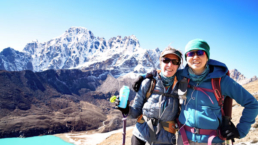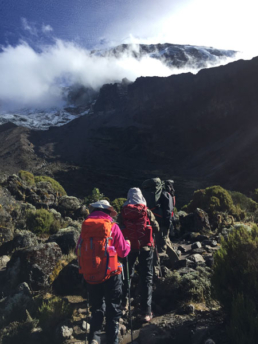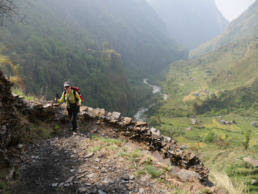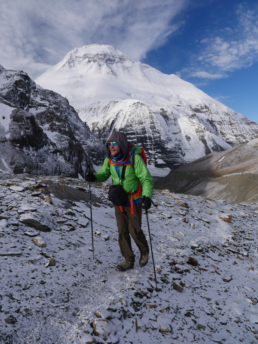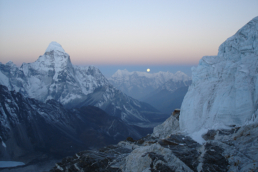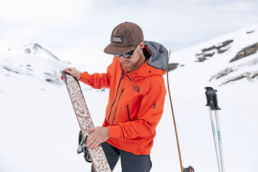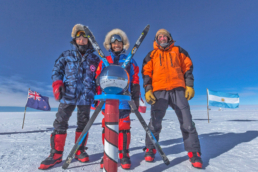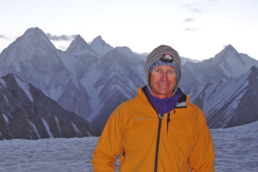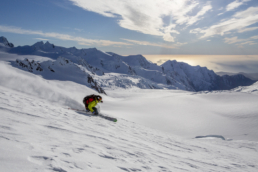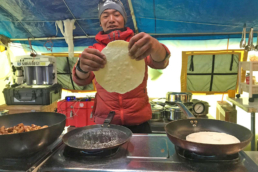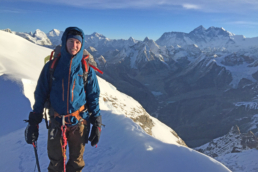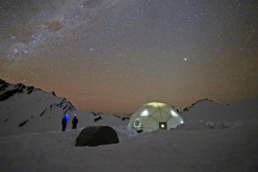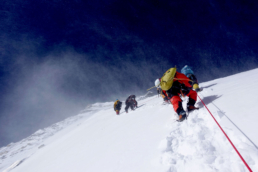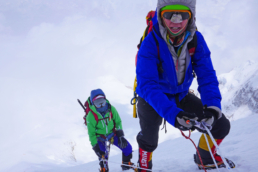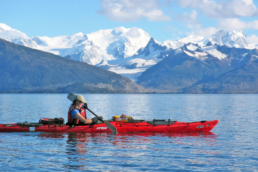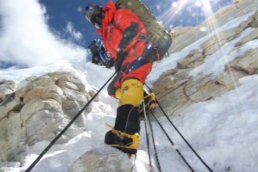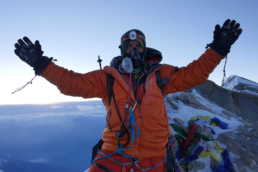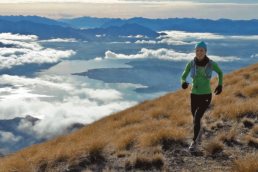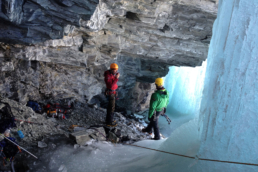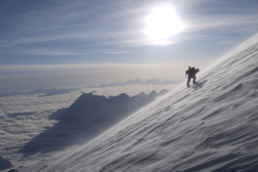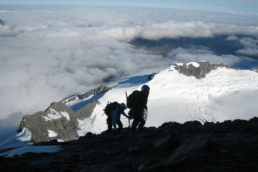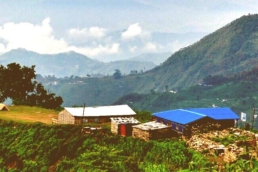Fit To Trek
How Fit is Fit Enough for High Altitude Trekking?
Are you considering a trek with Adventure Consultants, but not sure you can physically handle the experience? We’ve teamed up with our friends at Uphill Athlete to understand how fit you need to be for a high-altitude trek.
There is no question that proper preparation will make your upcoming trek much more enjoyable and there is even a good chance that it might make the difference between a wonderful adventure and a disappointing failure. For example, on an average day trekking on the Everest Base Camp Trek, you’ll be covering 6 to 12 kilometres of trail, with elevation gains of between 400-800 meters. One day of this is not likely to be difficult for a healthy person. But, doing this for 15 days in a row and at altitudes ranging between 2,610 and 5,550 meters means that fitness will play a major role in your experience of this trip.
To adequately prepare, you should at the very minimum, begin a regimen of regular hiking no later than twelve weeks before your departure. Since you’ll be on your feet hiking for between 4 and 7 hours each day, your primary exercise in this preparation period should also be hiking. If you can, the preference is to train on hilly terrain. You won’t be swimming between tea houses or high alpine huts and bicycles are out of the question for treks. So, put on your walking shoes and get out the door as much as possible, though anything you can do such as swimming and biking to increase your cardio fitness is going to help.
A good training plan will gradually progress to the point where you achieve a total exercise time of about 50 percent of your expected weekly trekking time in the final week leading up to your adventure. If you can comfortably handle this with no adverse reactions to the altitude, you should be able to enjoy your trek. Your highest-mileage week of training should include walking spread throughout the week, with at least one long day hike of around 6-7 hours. This training walking will ideally have vertical gains and losses that are also roughly 50% of what you will experience on your trek.
What if you don’t have access to mountains or even hills in your locale? For the best results, you will need to get on a treadmill set at a steep angle, like 10%, or even spend some of your hiking time on a stair climbing machine. If you find yourself in this situation, be sure to have some good podcasts or movies on tap to kill the boredom. You’ll be congratulating yourself on your wisdom and discipline by the second or third day of the trek. Don’t forget to break in the shoes you plan to wear for the trek during the last week of your preparation, nobody likes blisters. The only question that’s left: What are you waiting for?
This article was written in conjunction with Uphill Athlete for people interested in or considering an Adventure Consultants trek. Want to learn more about training?
Check out our Fitness Training Webpage or sign up for your trekking training program at Training Peaks Uphill Athlete and check out the Adventure Consultants/Uphill Athlete 12-week Everest Base Camp Trekking Plan.
The cover image:
The lush green fields of Western Nepal.
Photo: Guy Cotter
Related Posts
November 27, 2020
How to Climb Your First 6,000m Peak
March 19, 2020
Gear Review: The North Face Futurelight Jacket
October 7, 2019
Mind Over Mountains
September 29, 2019
EXPLORING THE UPPER MUSTANG
August 26, 2019
The Call of the Mountains
August 4, 2019
Glacier Ski Touring
May 30, 2019
Fixing Everest – Part 2
May 29, 2019
Everest Base Camp Kitchen
April 30, 2019
Steve Moffat – A life guiding
October 8, 2018
Magnificent Mera
September 14, 2018
Welcome to The Geo Dome
July 13, 2018
Everest Insider Series: James Perry
July 5, 2018
Everest Insider Series : Anthea Fisher
June 20, 2018
Everest Insider Series : Doctor Sophie Wallace
May 9, 2018
Mettle and Grit High on Nuptse
February 22, 2018
Define Failure
January 10, 2018
Optimum Layering
November 8, 2017
The North Face Adventure Grant 2018
August 14, 2017
Boots For The Mountains
July 28, 2017
The North Face Inferno Sleeping Bag
May 30, 2017
Fit To Climb
March 27, 2017
An Ice Climbing Adventure
March 1, 2017
The Go Big, Go High Adventure Calendar
February 16, 2017
Claiming False Summits
November 16, 2016
So They Can
November 9, 2016
Return to Tititea
November 3, 2016

